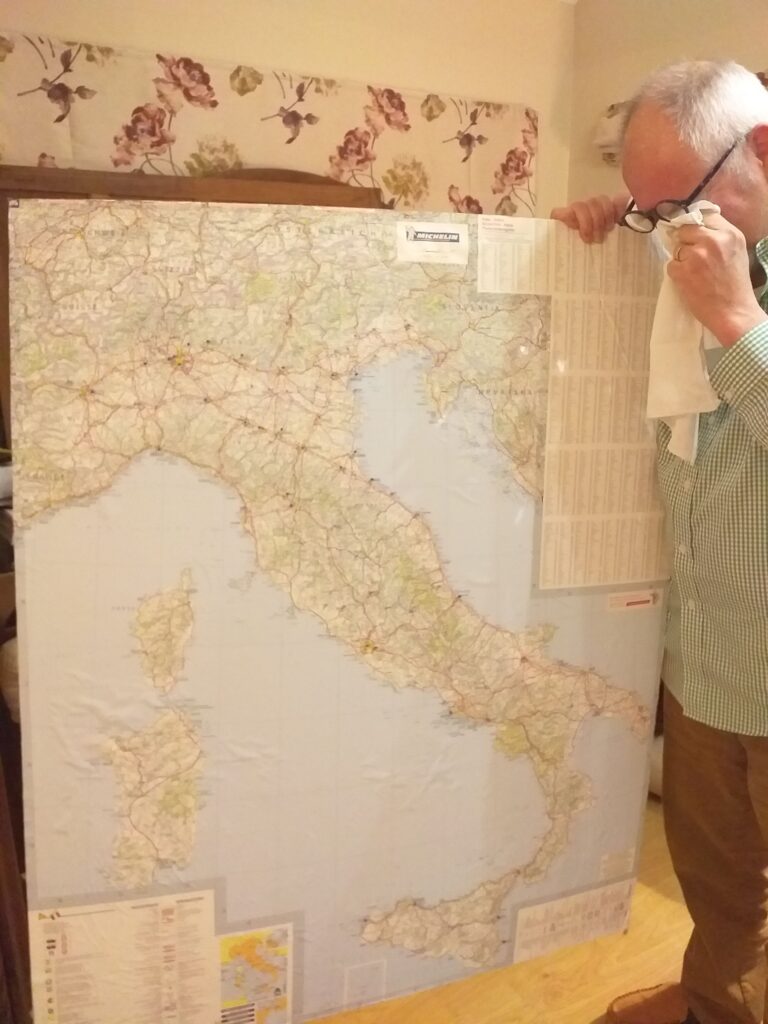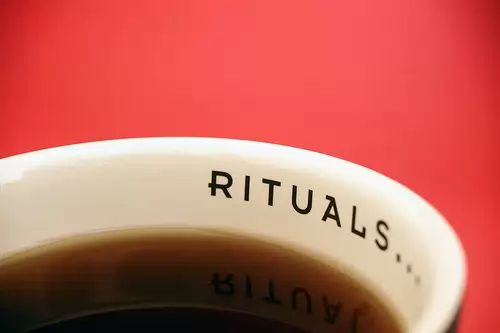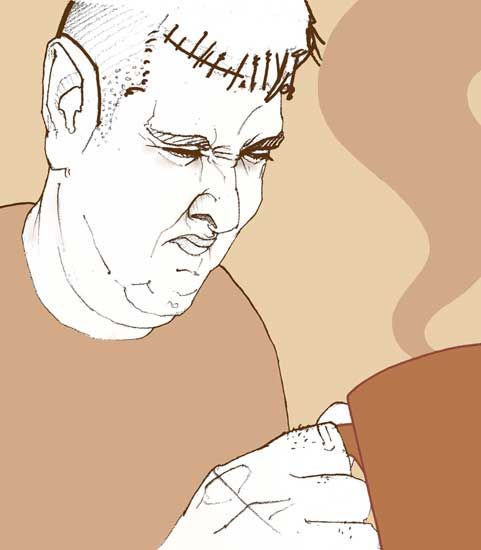I love Italy. Pretty much everything about it, I love. Except the coffee.
Trust me, I feel like some kind of coffee heretic when I say that. But it’s undeniable; Italian coffee – for the most part – is abominable.
Before I made my first pilgrimage to Italy, which was, in my mind, the Mecca of coffee, I had unshakable faith that Italy produced the ne plus ultra of coffee. The Italians have world famous Ferraris, Lamborghinis, and Maserati’s. They are the home of artists like Michaelangelo, Botticelli, and Caravaggio. They are the pace-setters of the fashion world. So why not the same with coffee?
Consider the facts. Caffé Florian in Venice, opening in 1720, is acknowledged to be Europe’s oldest coffee house. Besides pioneering coffee it pioneered women’s rights and had patrons like Charles Dickens, Lord Byron, and Casanova (no doubt there to meet the women).
Didn’t Angelo Moriondo invent the espresso machine in 1884!?!* Didn’t engineer Alphonso Bialetti build the iconic moka-pot in 1933? And didn’t Achille Gaggia craft the first espresso, topped with a layer of milky foam on top – we call it cappuccino – in 1947?
So Italy can rightly make the claim to be the birthplace of the modern cup of coffee. And it just follows that the quality of that coffee must also be the best, doesn’t it? It has to be so!
But alas, I am mistaken. In recent years I have travelled the length and breadth of Italy. I’ve been in Florence, Milan, Rome, Bari, Lucca, Modena, Venice, Trento, Taranto, Rimini, Ancona, Turin, Pisa, Genoa, Balzano, Como and more. I sampled the coffee everywhere I went and in general, the coffee was about as good as my Fiat rental car with the bad gearbox.
I was stunned!

Maybe my amazement stemmed from the way I’d romanticized coffee in Italy. First there were the movies such as Roman Holiday, Enchanted April, and Under the Tuscan Sun. There was Inspector Montalbano knocking off his morning shot of espresso right after his ocean swim and right before knocking heads with the bad guys. There are the nonnas hand making pasta for the family on the kitchen table. There are the crafts people tucked in the alleyways of Rome and Florence making bespoke hats, belts, shoes, dresses, suits and shirts. Sadly though, none of that translated into a good cup of coffee.
I pondered this for a long time – Why is the quality of coffee in Italy so poor? For me the answer is multi-faceted.
One reason is that, for the most part, Italian coffee, more often than not, is laden with the Robusta coffee bean. Here at our little roastery most of the coffee The Lovely & Talented Roast Mistress roasts is from the Arabica cultivar. Yet we prize what a quality Robusta can do in an Arabica/Robusta blend.
Note that I said quality Robusta because there is a lot of Robusta out there that can curl your toenails. They don’t call one Robusta varietal ‘Dragon’s Balls’ because of its smooth and velvety taste. And in the world of Robusta the dragon has a lot of children.
Most Robustas are cheap; cheap in every sense of the word. So for big factory roasters mixing this cheap coffee with the more expensive Arabica stretches the coffee and puts more money in the roaster’s pocket. The Robusta we use, by contrast, costs several hundred percent more than other Robustas as well as being more expensive than a lot of Arabica coffees.
Another reason is because zillions of gallons of coffee are consumed every morning in Italy. For the most part this is drunk in small doses, served from an espresso machine or moka-pot. It is swiftly tossed down and the drinker runs out of the house or out of the coffee bar, heading off to work.
Oh, keep in mind that that shot of coffee usually gets mixed with a heaping spoonful of sugar and accompanied with a sweet, cream filled croissant (which reminds me of the unforgettable pistachio cream filled croissants I had in Florence but that’s a story for another time). Harsh coffee meets sickly sweet in a mad dash to get the day started.
The next reason poor coffee quality is tolerated is it is part of the culture. During WWII and for several years after, most Italians were drinking some kind of awful barley or chicory coffee substitute. These were coffee fakes that made Robusta taste good.
Couple this with the way coffee is consumed – more of a ritual that must be done, instead of a beverage that helps ease you into the day. Here the emphasis is placed more on how it is consumed than why it is consumed.
Coffee has been served and consumed in this ritualistic way for decade upon decade. It is embedded into the culture. Besides a few centenarians who didn’t get indoctrinated, every person in Italy has been raised to think that this is coffee.
But it is not coffee. What has happened is that ritual has trumped taste. In an Italian’s mind, THIS is how we start the day. THIS is how coffee should taste. Couple years of conditioning with the ritual and the Italian’s history with coffee and you get the rock solid certainty that WE INVENTED COFFEE AND THIS IS HOW IT SHOULD BE.
But things are changing.
Thankfully, as I continue to visit my land of enchantment I’m starting to find real coffee gems. The revolution has begun. One roaster I stumbled across in the labyrinth streets of old town Genoa is Tazze-Pazze.
Another ray of light is Coffeel in Ventimiglia. It’s on the Italian Riviera, the last town of size before you drive into France.
Down in Pisa, after you make your obligatory trip to the leaning tower (and a very worthwhile trip), find Filter, and enjoy the coffee they are serving.
Since Covid came knocking I haven’t been able to get my Italy hit. No strolls in Florence’s Boboli Gardens. No visits to the decadent beauty of Rome. And no long drives to the boot heel and arch and toe of Italy. No pizzas oozing with blue cheese. And no stuffed, breaded, deep fried olives. But there is light at the end of the tunnel. Covid travel restrictions are about gone and I’m confident there are lots of new coffee gems waiting to be discovered.
Let the revolution begin!
*Moriondo’s machine made coffee in bulk whereas Luigi Bezzera patented the single-serve machine, a machine that would be closer to our idea of an espresso machine, in 1901.



